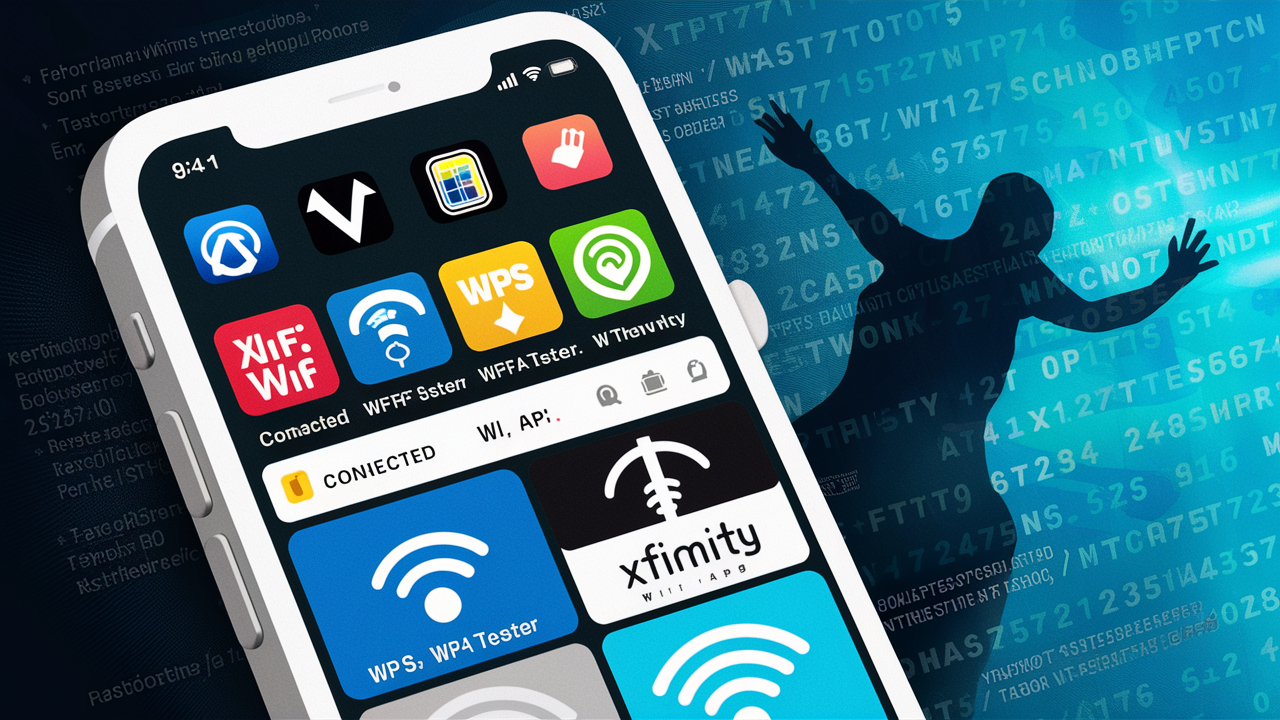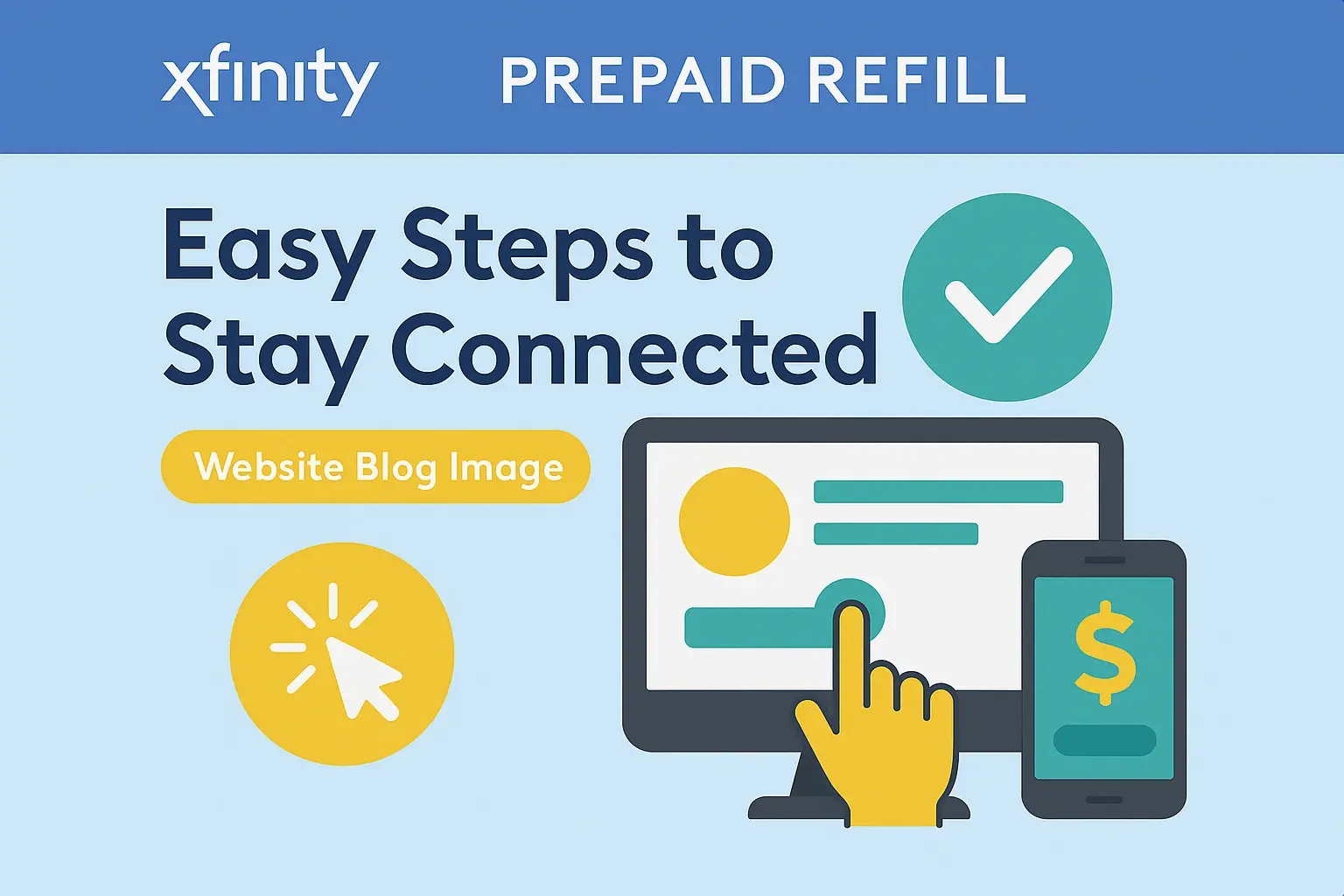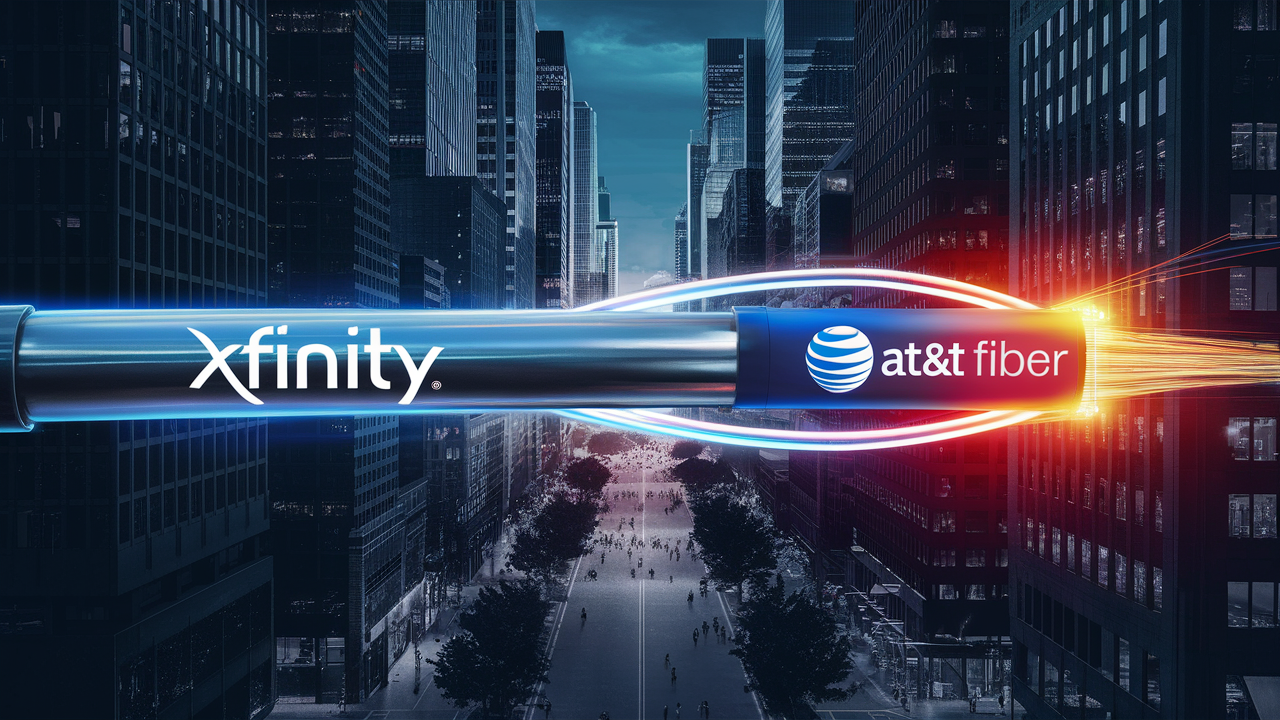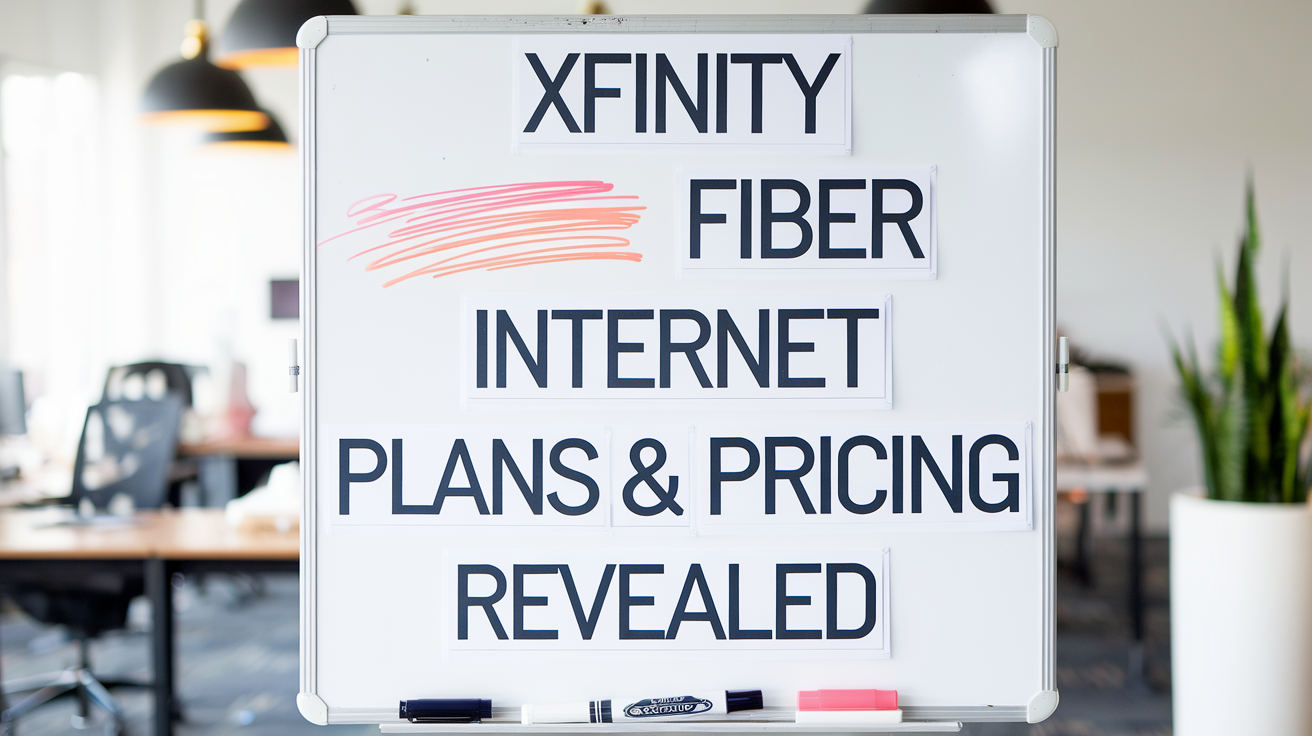How To Hack Xfinity Wifi On Android?

In today’s hyper-connected world, reliable internet access is a necessity for work, communication, and entertainment. Xfinity WiFi, provided by Comcast, offers a vast network of hotspots across the United States, enabling Xfinity Internet customers to stay connected on the go. However, with this convenience comes the responsibility to use these services ethically and legally. This article addresses the common question of accessing Xfinity WiFi on Android devices, emphasizing legitimate methods, the importance of WiFi security, and the serious legal implications of unauthorized access. Instead of providing instructions for hacking—which is illegal and unethical—this guide offers a detailed look at how to connect to Xfinity WiFi properly, secure your own network, and understand the risks and legalities involved.
Understanding Xfinity WiFi
Xfinity WiFi is a service offered by Comcast that provides access to millions of WiFi hotspots nationwide, included with most Xfinity Internet plans. These hotspots are available in public places like cafes, parks, and shopping centers, allowing customers to conserve mobile data. There are two types of Xfinity WiFi networks:
-
XFINITY: An encrypted network for Xfinity customers, requiring login credentials for secure access.
-
xfinitywifi: An unsecure public network, accessible to non-customers with a temporary WiFi pass but more vulnerable to cyber threats.
For Android users, connecting to Xfinity WiFi is straightforward, provided you follow legitimate methods. Unauthorized access, often referred to as "hacking," is not only illegal but also exposes users to significant risks.
How to Connect to Xfinity WiFi on Android
Xfinity Internet customers can access Xfinity WiFi hotspots using their account credentials. Below are the steps to connect using an Android device, based on information from reliable sources like WhistleOut.
Using the Xfinity App
The Xfinity app provides the easiest and most secure way to connect to Xfinity WiFi hotspots. Here’s how:
-
Download the Xfinity App:
-
Visit the Google Play Store and download the Xfinity App.
-
Ensure your device runs Android 4.4 or higher.
-
-
Sign In:
-
Open the app and log in with your Xfinity ID and password.
-
If you don’t have an Xfinity ID, create one on the Xfinity website.
-
-
Enable Auto-Connect:
-
The app automatically detects and connects to nearby XFINITY hotspots.
-
It prioritizes secure "XFINITY" networks over unsecure "xfinitywifi" ones.
-
-
Locate Hotspots:
-
Use the app’s Connect tab to view a map of nearby hotspots.
-
Integration with Google Maps and Street View can help you find hotspots even offline.
-
Manual Connection
If you prefer not to use the app or encounter issues, you can connect manually:
-
Enable Wi-Fi:
-
Go to Settings > Network & internet > Internet on your Android device.
-
Turn on Wi-Fi.
-
-
Select a Hotspot:
-
Look for "XFINITY" or "xfinitywifi" in the list of available networks.
-
Choose "XFINITY" for a secure connection.
-
-
Sign In:
-
Tap the network to connect. If it’s your first time, a sign-in prompt will appear.
-
If no prompt appears, open your web browser, and you’ll be redirected to the Xfinity login page.
-
Enter your Xfinity ID and password.
-
-
Verify Connection:
-
Once signed in, your device should connect automatically to XFINITY hotspots in the future.
-
Note: Non-customers can purchase a temporary WiFi pass for "xfinitywifi" access, but this is not free and still requires legitimate credentials.
Table: Xfinity WiFi Connection Methods
|
Method |
Steps |
Pros |
Cons |
|---|---|---|---|
|
Xfinity App |
Download app, sign in, enable auto-connect, locate hotspots |
Seamless, secure, auto-connects |
Requires app installation |
|
Manual Connection |
Enable Wi-Fi, select XFINITY, sign in via browser |
No app needed |
More steps, less convenient |
Troubleshooting Common Connection Issues
Sometimes, Android devices may fail to connect to Xfinity WiFi. Here are common issues and solutions:
-
Hotspot Not Visible:
-
Ensure your device supports 5GHz bands, as some Xfinity hotspots use this frequency. Older or budget Android devices may only support 2.4GHz.
-
Use the Xfinity app or visit Xfinity’s hotspot map to confirm hotspot availability.
-
-
Authentication Errors:
-
Double-check your Xfinity ID and password.
-
If the app fails to authenticate, try manual connection via a browser.
-
-
Auto-Connect Issues:
-
Some users report the Xfinity WiFi Settings app disabling WiFi or failing to reconnect. Uninstall the app and use the main Xfinity app instead.
-
Go to Settings > Wi-Fi, tap the Xfinity network, and toggle off Auto-join to prevent unwanted connections.
-
-
Certificate Issues:
-
For secure "XFINITY" connections, your device may require a CA certificate. The Xfinity app typically installs this automatically. If not, contact Xfinity support at 1-888-936-4968.
-
Securing Your Own Xfinity WiFi
Protecting your home Xfinity WiFi network is critical to prevent unauthorized access. Here are best practices to secure your network:
-
Use a Strong Password:
-
Change the default router password to a complex one with letters, numbers, and special characters.
-
Access your router’s settings via 10.0.0.1 or 192.168.1.1 to update the password.
-
-
Enable WPA2 or WPA3 Encryption:
-
WPA2 and WPA3 are the most secure WiFi encryption protocols.
-
Avoid outdated WEP encryption, which is easily compromised.
-
-
Hide Your SSID:
-
Disable SSID broadcast in your router settings to make your network invisible to nearby devices.
-
-
Update Router Firmware:
-
Regularly check for firmware updates via the Xfinity app or router admin page to patch security vulnerabilities.
-
-
Enable MAC Address Filtering:
-
Restrict access to only devices with approved MAC addresses.
-
Find this option in your router’s admin settings.
-
-
Change Default Router Login:
-
Replace the default admin username and password to prevent unauthorized access to your router’s settings.
-
-
Use a Firewall:
-
Enable your router’s built-in firewall for added protection.
-
Table: WiFi Security Best Practices
|
Practice |
Description |
Impact on Security |
|---|---|---|
|
Strong Password |
Use complex, unique passwords |
Prevents brute-force attacks |
|
WPA2/WPA3 Encryption |
Use modern encryption protocols |
Protects data from interception |
|
Hide SSID |
Make network invisible to outsiders |
Reduces visibility to potential hackers |
|
Firmware Updates |
Patch security vulnerabilities |
Closes known exploits |
|
MAC Address Filtering |
Allow only approved devices |
Limits unauthorized access |
|
Firewall |
Block malicious traffic |
Enhances network protection |
Legal Implications of Unauthorized WiFi Access
Attempting to hack into Xfinity WiFi or any network without permission is illegal and carries severe consequences. In the United States, the Computer Fraud and Abuse Act (CFAA) (18 U.S.C. § 1030) prohibits unauthorized access to computer systems, including WiFi networks. Penalties include:
-
Fines: Up to $250,000 for individuals and $500,000 for organizations.
-
Imprisonment: Up to 10 years for first-time offenders, with harsher penalties for repeat offenses or significant damage.
State laws also apply. For example:
-
California: Unauthorized access is a misdemeanor, with up to six months in jail and a $1,000 fine.
-
New York: If the value of services obtained exceeds $1,000, it’s a felony with up to four years in prison.
Internationally, similar laws exist:
-
United Kingdom: The Computer Misuse Act imposes fines and up to two years in prison for unauthorized access.
-
Canada: The Criminal Code allows for fines and up to 10 years in prison.
Beyond legal consequences, hacking poses other risks:
-
Malware and Viruses: Compromised networks may infect your device.
-
Identity Theft: Hackers can steal personal data, such as login credentials or financial information.
-
Reputation Damage: Legal action can harm your personal and professional standing.
Table: Legal Consequences by Jurisdiction
|
Jurisdiction |
Law |
Penalties |
|---|---|---|
|
United States |
Computer Fraud and Abuse Act |
Fines up to $250,000, up to 10 years |
|
California |
State computer crime laws |
Up to 6 months jail, $1,000 fine |
|
New York |
State computer crime laws |
Up to 4 years for felony offenses |
|
United Kingdom |
Computer Misuse Act |
Fines, up to 2 years imprisonment |
|
Canada |
Criminal Code |
Fines, up to 10 years imprisonment |
Risks of Using Public WiFi
While Xfinity WiFi hotspots are convenient, public networks like "xfinitywifi" are less secure and pose risks:
-
Man-in-the-Middle Attacks: Hackers can intercept data, capturing passwords or financial details.
-
Malware Infection: Unsecure networks may distribute malware to connected devices.
-
Session Hijacking: Attackers can take over active sessions, such as online banking.
-
Data Theft: Personal information, like emails or browsing history, can be exposed.
Safety Tips for Public WiFi:
-
Use a Virtual Private Network (VPN) to encrypt your traffic.
-
Avoid accessing sensitive information (e.g., banking) on public networks.
-
Keep your device’s software and apps updated to patch vulnerabilities.
-
Disable auto-connect in Settings > Wi-Fi to avoid untrusted networks.
Ethical Considerations
Hacking WiFi violates the trust and privacy of others, making it fundamentally unethical. Instead of seeking unauthorized access, consider these alternatives:
-
Purchase a WiFi Pass: Non-Xfinity customers can buy temporary access to "xfinitywifi" hotspots.
-
Use Mobile Data: Modern data plans are often sufficient for most needs.
-
Ask for Permission: If you need to use a neighbor’s WiFi, ask politely and offer to share costs.
Conclusion
Xfinity WiFi offers a convenient way to stay connected, but it must be used responsibly and legally. Android users can easily connect using the Xfinity app or manual sign-in, prioritizing secure "XFINITY" networks. Securing your own WiFi with strong passwords, encryption, and other measures is essential to prevent unauthorized access. Hacking WiFi is illegal, risky, and unethical, with consequences far outweighing any benefits. By following legitimate methods and prioritizing security, you can enjoy a safe and reliable internet experience.
Faq
Q: What is Xfinity WiFi?
A: Xfinity WiFi is a service by Comcast offering millions of hotspots nationwide, free for Xfinity Internet customers. It includes secure "XFINITY" and public "xfinitywifi" networks.
Q: How can I connect to Xfinity WiFi on my Android device?
A: Enable Wi-Fi, select the "XFINITY" network, and sign in with your Xfinity account. Alternatively, use the Xfinity app for auto-connection. Xfinity Support
Q: Is it legal to hack into someone else’s WiFi?
A: No, it’s illegal under laws like the CFAA in the U.S., with penalties including fines and imprisonment. FindLaw
Q: How can I secure my Xfinity WiFi network?
A: Use a strong password, enable WPA2/WPA3 encryption, hide your SSID, update firmware, enable a firewall, and use MAC address filtering.
Q: What are the risks of using public WiFi?
A: Risks include man-in-the-middle attacks, malware, session hijacking, and data theft. Use a VPN and avoid sensitive transactions. Check Point Software





